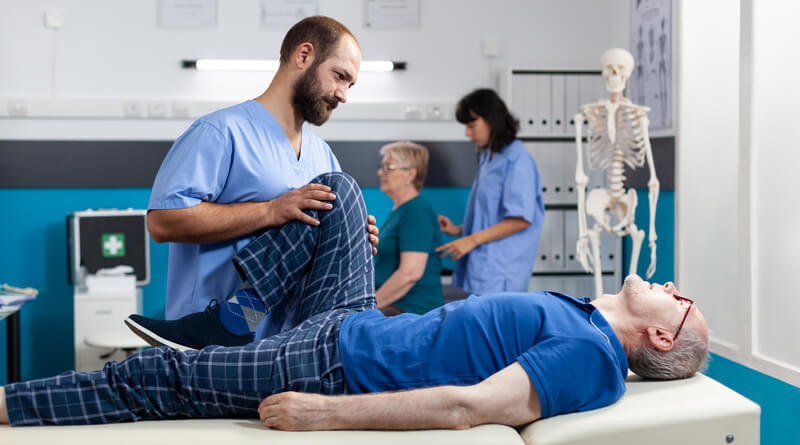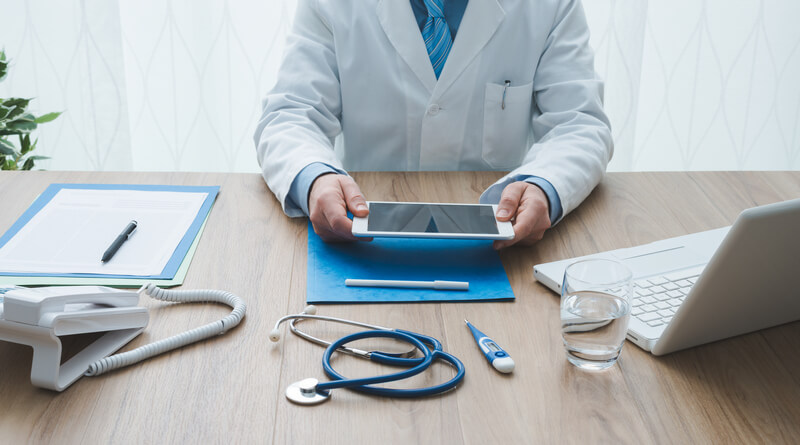The Importance of Patient Safety in Chiropractic Care

Out of all holistic therapy forms, chiropractic care is probably the most popular. It is a manipulation of the spine and joints that aims to reduce body pain. Many people seek it nowadays, trusting professionals to help them get rid of their suffering and achieve comfort and happiness once again.

When a chiropractor delivers services to patients, safety is a priority. While most chiropractors are professionals with years of experience, a small mistake is enough to endanger a client. This is why it’s essential to maintain high safety levels during chiropractic care sessions.
Why is patient safety during chiropractic care so important? Here’s everything you need to know.
Is Chiropractic Care Safe for People?
When people look at chiropractic care for the first time, the entire process looks scary. So, even if they are suffering from severe neck pain, they may be hesitant to go to a chiropractic care clinic and request an adjustment. But when the practitioner is properly trained, this form of care can be very effective and safe.
Now, chiropractic care does have a few risks, but studies have shown that for the most part, it is a safe practice with great benefits for the patients. Less than 1 patient per million experience severe effects following chiropractic adjustment according to a 2010 UK report. Other people may experience something minor, such as muscle stiffness and soreness. This appears not long after the treatment and goes away after 24-48 hours.
When Is Chiropractic Treatment Risky?
In some cases, chiropractic techniques are quite dangerous. Applying high-velocity manipulation to the spine can be risky. Some conditions that should serve as red flags in chiropractic care include:
- Bone tumors
- Multiple myeloma
- Severe osteoporosis
- Osteomyelitis
- Paget’s disease
- Ankylosing spondylitis
- Rheumatoid arthritis
- Reactive arthritis
- Psoriatic arthritis
Why Patient Safety Is So Important in Chiropractic Care
When not done correctly, chiropractic care can lead to serious complications. This is why you must be a professional who has trained accordingly before you apply any of the techniques to patients. If you make mistakes due to not being prepared for this type of activity or if you apply chiropractic care to patients with health complications, you may cause serious harm, such as:
- A particular form of stroke following neck manipulation techniques
- Lower spinal column nerve compression
- Causing a herniated disk or making an existing disk herniation worse
How to Find the Right Strategy for Chiropractic Treatment
It’s important to find the best chiropractic care strategy for every client. Now, while certain conditions can make chiropractic therapy a bit risky for clients, it doesn’t necessarily mean that the treatment is life-threatening or that the patient shouldn’t seek it. It simply means that you must take a different approach by adjusting the treatment in a way it suits the patient.
For instance, some health conditions can make bones a bit more fragile, in which case some chiropractic care techniques are not recommended. Fortunately, there are different ways to provide treatment for the client without sacrificing safety. You can take an approach to improve the condition of the client without compromising safety.
Several chiropractic treatments are not recommended for certain techniques in the chiropractic field. For example, manipulation at the joint level is not a good idea after spinal fusion or artificial disc replacement.
When Chiropractic Treatment Should Stop Following an Accident
If you’re a chiropractor, it’s essential to know when you should stop giving this treatment to certain patients. Now, chiropractic treatment can help relieve body gases and toxins, making sure an individual can heal. When one undergoes chiropractic care, the process will involve an initial assessment, regular monitoring, and a continuous reassessment.
When the goals of the treatment have been reached or when the injury has been restored, the treatment should stop. Here are some situations when chiropractic care should come to an end for a patient:
- The patient’s pain levels are getting worse
- The client doesn’t notice any gradual improvement following chiropractic care
- The patient doesn’t get any benefits from this type of treatment
Encourage patients to communicate their experiences honestly so that you can figure out the safest path.
Final Thoughts
Patient safety is a priority in chiropractic care. The smallest mistake can have great consequences, so it is the chiropractor’s responsibility to ensure that the treatment is safe or that it stops when it is not beneficial for the patient. The goal of this treatment is to improve someone’s physical functioning and relieve pain, so while it is generally safe, chiropractic care can also be risky when not done accordingly.




















